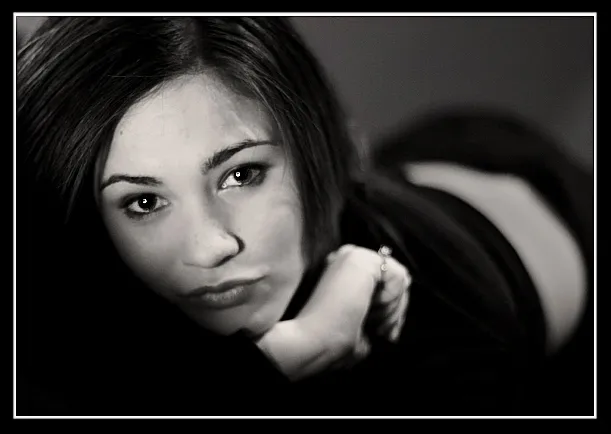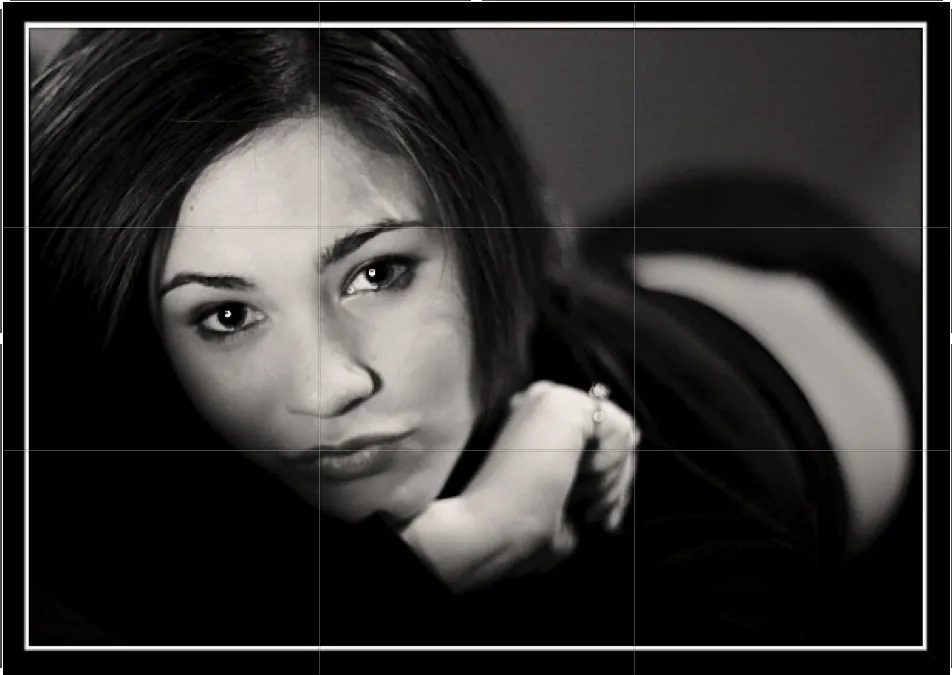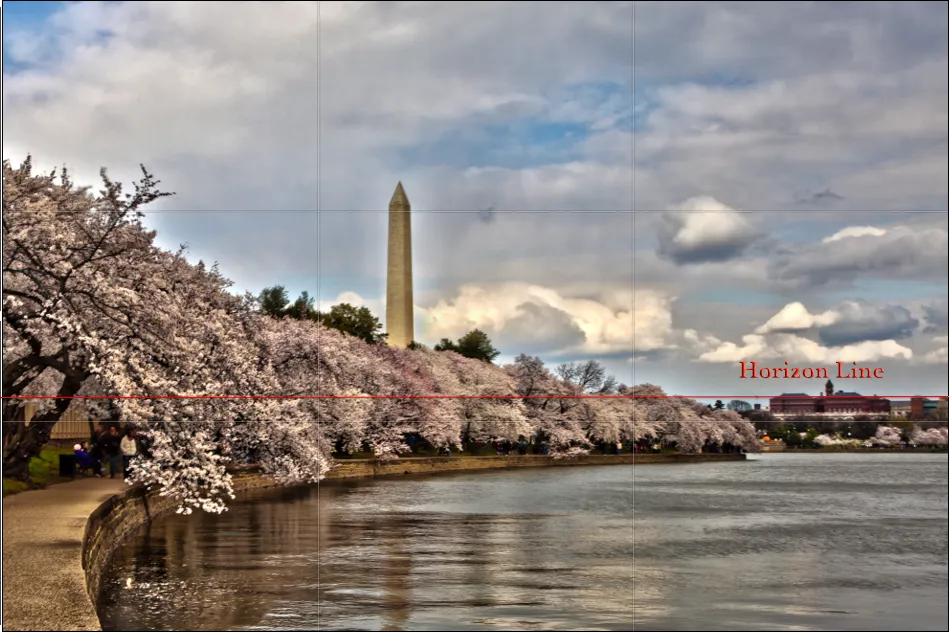Photography For Beginners: Learn To Take Professional Quality Images!

The photography challenges on Steemit have brought back my desire to teach beginners and amateurs how to improve their photography skills. I’ve taught private group lessons in the past and have really missed doing so.
I was thinking to myself late last night, why not bring this to the Steemit community?!
The basic format for each class was such: A brief lesson on an important technical aspect of photography to help students improve skills and then go out and practice the techniques we covered. I finalized the lesson with a viewing, review, discussion, and Q&A.
I would like to format the “classes” in a similar way here. I will cover an important technical aspect of photography to help you improve your images.
Then…
You can go out and practice the technique and submit your images throughout the week. I would love to recreate the fun and educational environment I had in my classes with you here on Steemit. Lets have fun with this! Get involved, share images, ask questions and give input to others.
I will start week 1 with a tip that I feel will improve your images more than any other. You will see a stark difference in your photographs once you incorporate this technique into your photography.
All classes can be “attended” with any type of camera! Classes will be geared toward beginners and amateur photographers looking to improve their photography skills.
Let’s start week 1!
Photography course for beginners: Lesson 1 - Rule of Thirds
Have you ever wondered why you like a certain photo or asked yourself what makes an image pop?
The answer is likely the photographer followed this rule of composition; The Rule of Thirds.
What is the rule of thirds?
Hold your camera up and look through the viewfinder or on your screen, depending on what you are using. Picture a tic-tac-toe board drawn over the image you plan to take. You want to put your subject into one of these thirds. When you do this it allows the eye to easily travel through a photograph. It allows movement through your image and is more pleasing to your brain and to the eye.
More often than not you will see something you want to photograph, pick up your camera, put your subject right smack dab in the middle, and start shooting. This often leaves you wondering why you can't capture the image the way you see it in your mind.
I want you to find opportunities to practice the Rule of Thirds this week. Pick up your camera and take a second to compose your image. Put your subject into one of these thirds and see what a difference it makes!
I’ll give you some examples.

The focal point is near the top, left third of the image. This allows the eye to travel naturally through the photo from left to right. Whether you realize it or not, when you look at this image, you look at the models face and then your eye travels down her body and back around to her face. In a sense, this rule of composition "tricks" the brain into believing that this is a beautiful photo in the same way that the brain recognizes a symmetrical face as beautiful.
You can apply this rule to any type of photography.

As you can see in this landscape, the focal point begins in the bottom left of the image and travels upward and along the tree line to the buildings on the right side. Landscapes bring up another important point with the rule of thirds. Do you notice how the water fills the bottom third of the photograph? And the sky the top two-thirds? You never want to put a horizon line in the center of your photo. You want to either focus on the land/water or the sky. Pick the more interesting one and give it more space in your photograph.
This is how the image would look if I had picked up my camera and focused on the monument and started shooting. Can you see the difference?

It may still be a pretty image but it is far less interesting and you will be more likely to pass it by without another glance.
It's time to take your camera out and practice!
Photograph plants, animals, people, architecture, any subject! Play with the rule of thirds. Put your subject into different portions of your "tic-tac-toe board" and see what you get as a result. Then post your images here for review and discussion!
I will leave you with something all photographers will say. Break the rules! Rules are meant to be broken... Sometimes you see something in your mind that goes against what you have learned. Try it! Sometimes it works and you end up with a phenomenal image.
